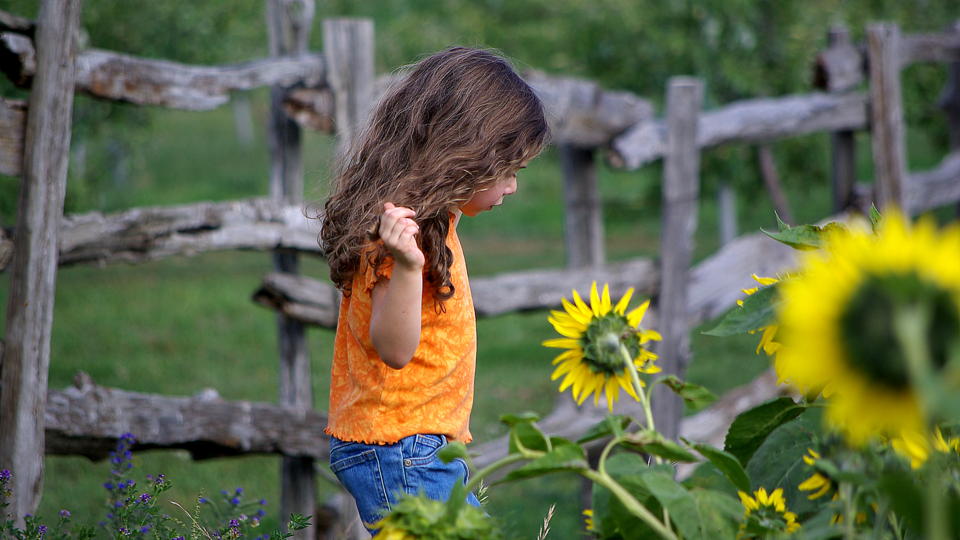My imaginary pal

Fantasy friends play a critical role in your child's development.
Sorting out reality vs. fantasy
Once children become verbal and before they reach school age, a major developmental task they face is learning the difference between reality and fantasy. When they hear about Santa Claus or the tooth fairy, there is a need to believe that these fantasy figures are real. During these years of figuring out what is real and what is fantasy, dramatic play with imaginary friends is a normal and productive exercise.
Imaginary friends: A source of comfort
If your young child has an imaginary friend, you may wonder whether there is something missing from her life if she has to depend on a friend you cannot see, hear or understand.
Margaret Taylor, a professor of psychology at the University of Oregon, says that imaginary friends are a common occurrence—over 65% of children have imaginary companions. These companions can be a comforting and creative way for young children to deal with the stresses of daily life. Once children start elementary school, develop real friendships and feel secure in these new situations, they frequently leave their imaginary buddies behind.
Parents' roles
It is essential for parents to respect your child's imaginative process and accept it as a normal part of the developmental process. Imaginary friends and even security blankets offer young children needed support in the difficult tasks of growing up. Providing children with opportunities to develop their own creative way of working through developmental stages gives them the courage to take on the next step toward adulthood.








